
Rediscovering Japan

Rediscovering Japan
Travel (Kure/Onomichi(Hiroshima))

by tomizuta
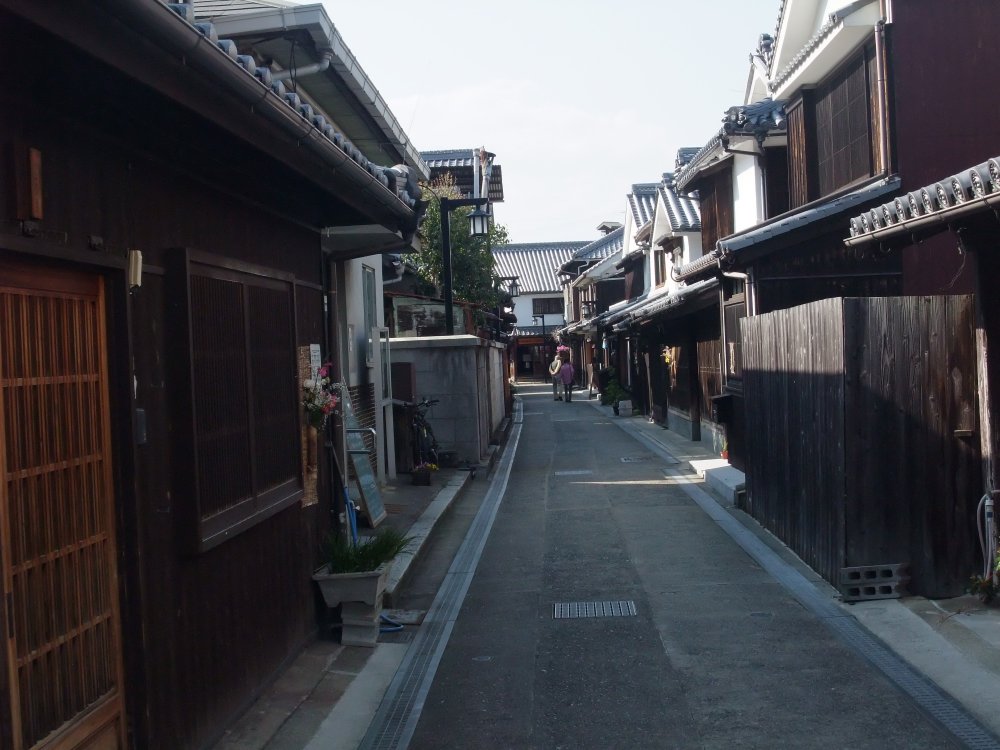
Strolling an alley in Mitarai, a historical port village in Kure
We have been to Hiroshima so many times, as
my relatives live in Hiroshima City.
![]()
Kure is ideal as a port, and served as the base for the pirates in the Setonaikai (seto inland sea). It was then designated in 1890 as a naval base for the Japanese Navy till the end of World War II. Today it hosts the US Army as well as the Japan Maritime Self-Defense Force (JMSDF). We visited the Yamato Museum and the JMSDF Kure Museum. Yamato Museum was interesting for me as it was not all about the largest yet short-lived battleship Yamato, but also told a lot about the development of Kure since the Meiji era. I was also fascinated to know that till the end of WW II, the manufacturing activities at Kure was so broad from steel making to battleships and weapons. I had not known that after WW II these manufacturing activities were privatized which started companies such as Nisshin Steel (recently agreed to be merged into Nippon Steel) as well as contributing to the development of many others.
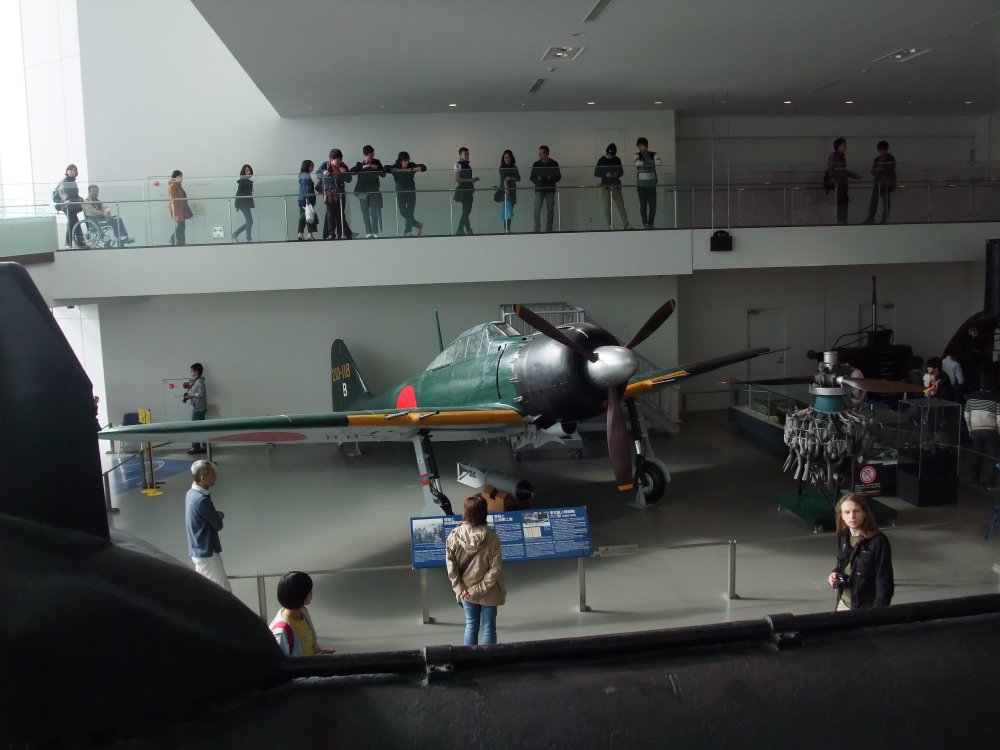
Inside Yamato Museum. Information in English is provided for all displays.
We stopped by at the JMSDF Kure Museum. It was the first time that we learned
that the JMSDFfs major initial activities had been sweeping the seas of
mines laid down by the US Navy in order to sever import of goods into Japan,
and that although these activities finished in the 1960s, there are still
those odd occasions requiring their mine sweeping expertise
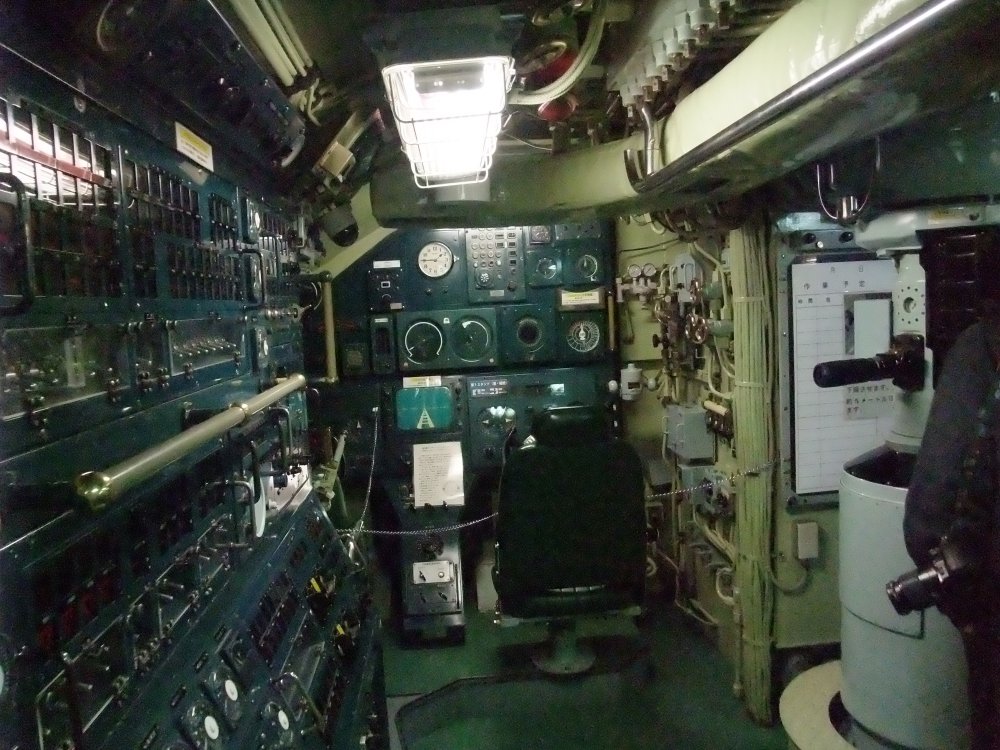
Inside Akishio, a JMSDF submarine retired in 2004
There are still many sake breweries left in
Kure. We went 30 kilometres to the south of the city centre to Kurahashi
district to visit a local brewery established in 1809. We could not find the
brewery by our car navigation. So we parked in front of the village shrine and
asked a resident passing by for directions. gYoufll be amazed. Itfs such a huge
brewery, almost like a castle. They may be closed though since it is a Sunday.h
It was a massive complex. We circled around the long white walls of the brewery
and finally found what seemed to be the entrance. Although the main office
seemed to be closed, luckily a resident came out and noticed us. We told them
we were there to buy some sake. A lady then came out to open the shop for us.
She also advised us to take a look of the garden behind. We took some pictures
in the vast open lawn garden where we noticed that the brewery had a No stage
as well as kept a Mikoshi (a wooden seat for the gods to sit and used in
festivals of shrines).We understand that there is a lot of granite in the area
providing good water, and also good rice suitable for brewing.
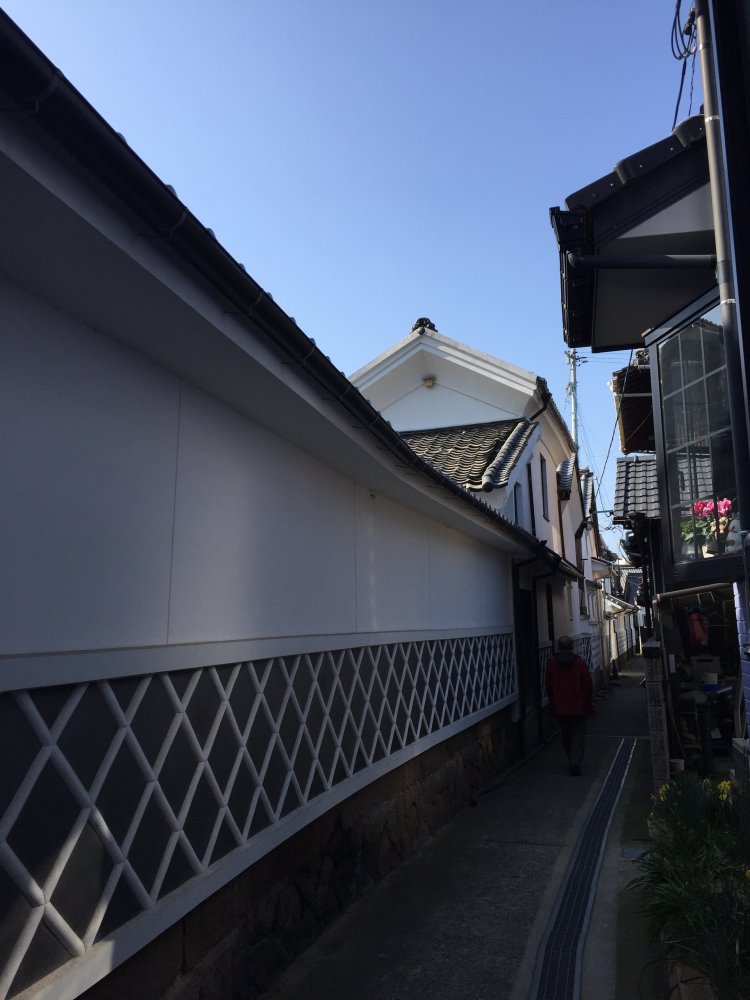
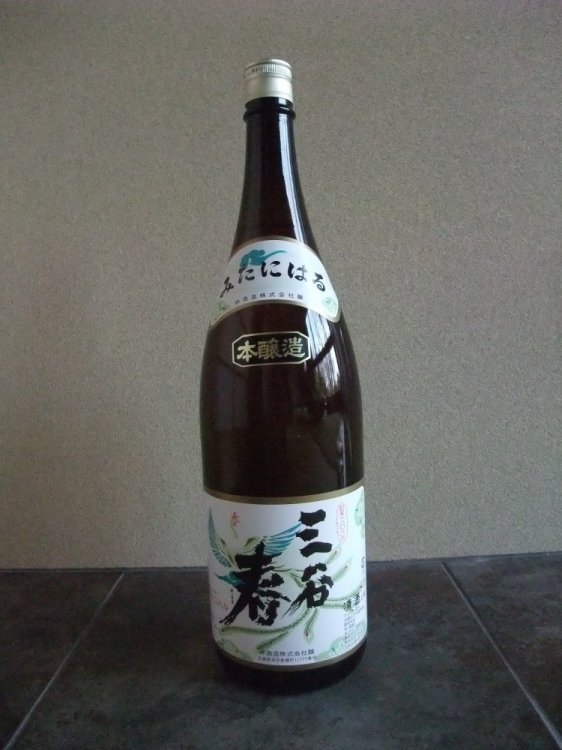
The walls of the huge brewery site and a 1.8 litre Bottle of Mitaniharu honjouzo.
We went back through the town centre of Kure and drove south west to the historical port area of Mitarai. The lodgings in this village have been designated as Important Preservation District for Groups of Historic Buildings. Itfs hard to imagine now, but until steamboats became mainstream, Mitarai flourished as an ideal port to wait for good tide and wind, and in the Edo period was once the largest port in the Hiroshima prefecture area.
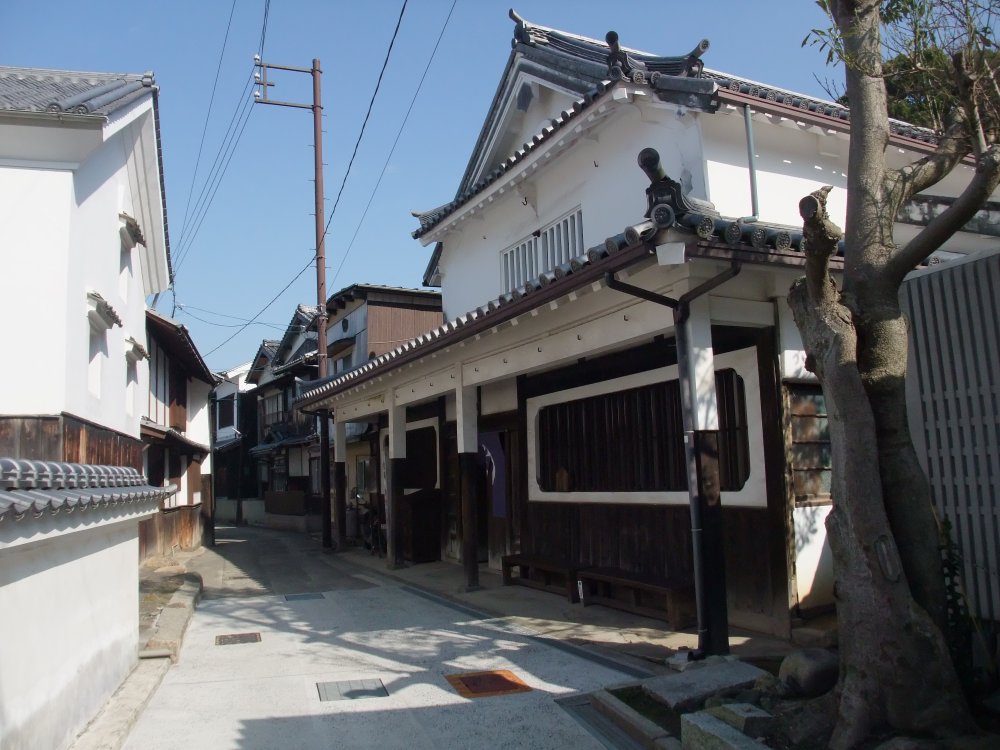
Houses from the Edo era in Mitarai
In the village, there is also Otomeza, a theatre built in the 1930s, very well preserved to give you a nostalgic idea of pre-war theatres. The theatre is still used occasionally.
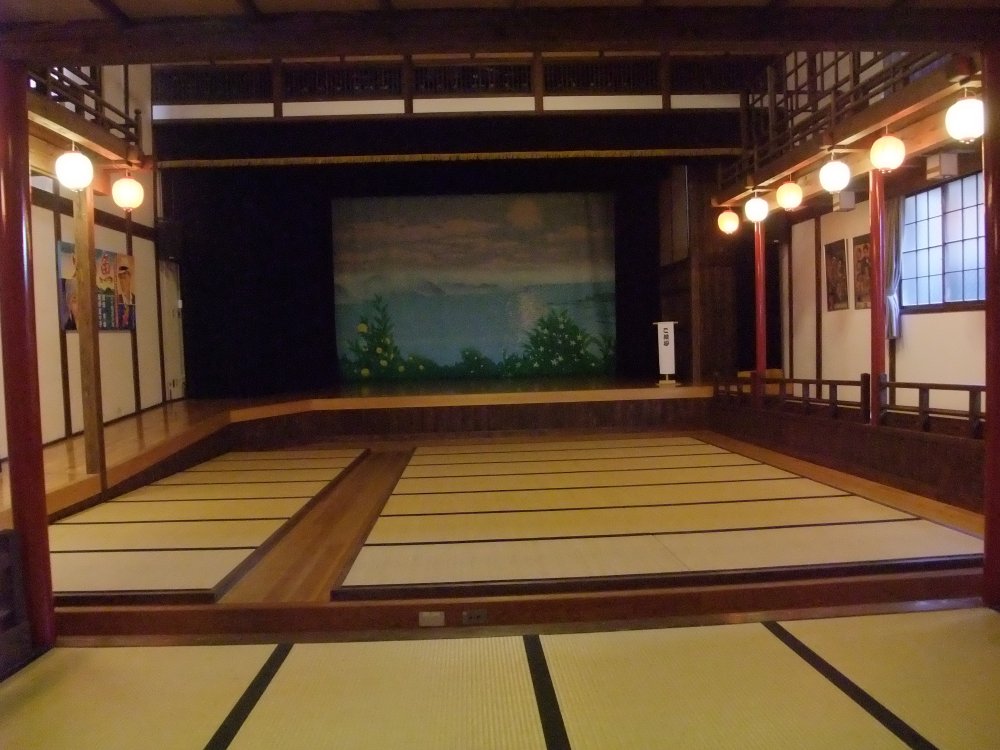
View of interior of Otomeza. Note that the seats for the audience is tatami.
Mitarai is located
on Yutaka Island one of the many scattered islands in Seto Inland Sea
(Setonaikai). We drove west via a bridge to neighboring Okamura Island which
belongs to Imabari City in Ehime prefecture. From there we took a ferry to
Ohmishima also part of Imabari, to connect to the Shimanami Highway that
connects Imabari in Ehime to Onomichi in Hiroshima.
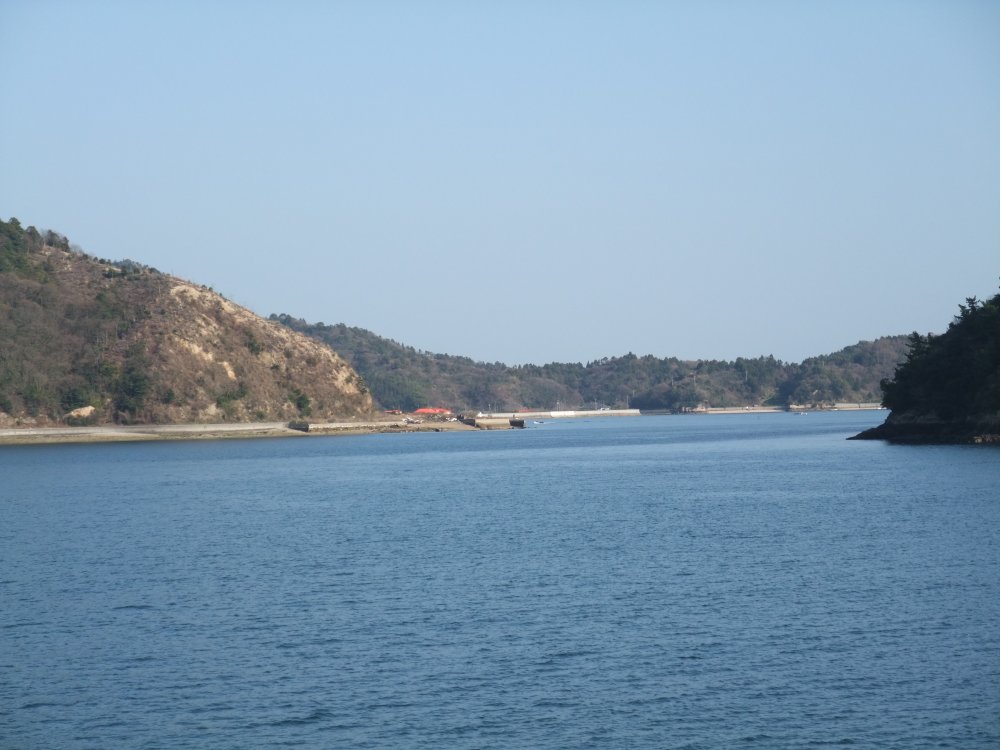
Towards Ohmishima from the ferry
There are some huge boulders on the north of Mukoujima (Mukou Island) facing Onomichi. It is indeed an odd sight, but according to the information board, you can view the sunset through the crack at winter solstice. I understand itfs a mystery how the crack was created.
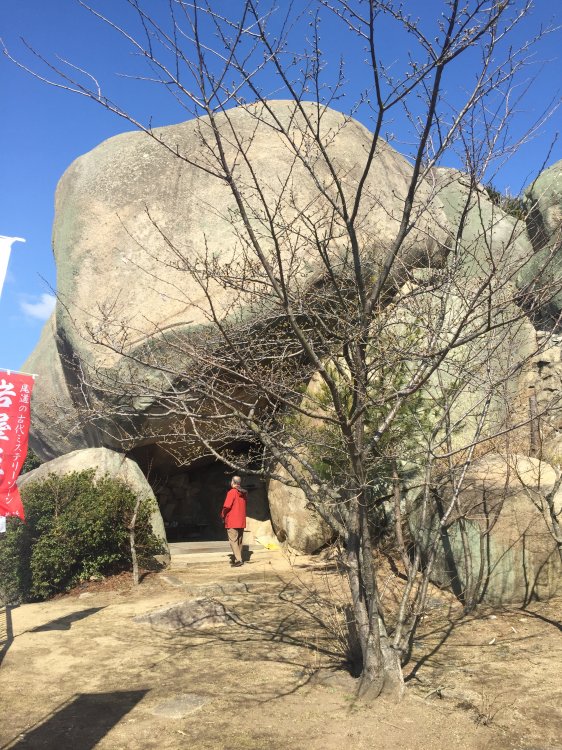
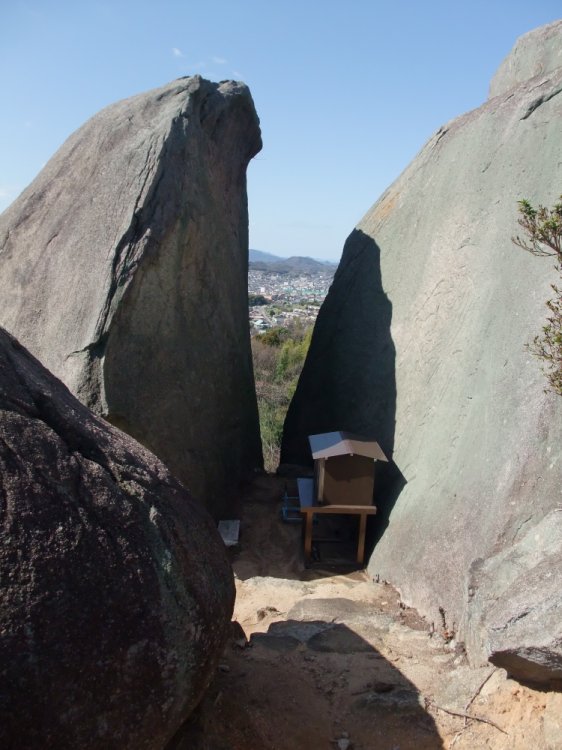
The huge boulder from below (left) and view from behind (right)
Anyway, there are abundant boulders in the Onomichi area. Onomichi is also known for its hills. We drove up the hills to Senkouji (Senkou Temple). Senkouji belongs to the Shingon sect of Japanese Buddhism. It is one of the two oldest sects, the other being Tendai sect both from the 9th century. It was founded in 809, which is 15 years after the capital of Japan, or the emperorfs throne was relocated from Nara to Kyoto. Vast grounds of the temple were donated to Onomichi City and are now a town park, very popular for hanami or cherry blossom viewing in spring. We went up one of the observatories. Although we had a good command of the view of Onomichi and Setonaikai, we failed to observe the huge boulders of Mukoujima.
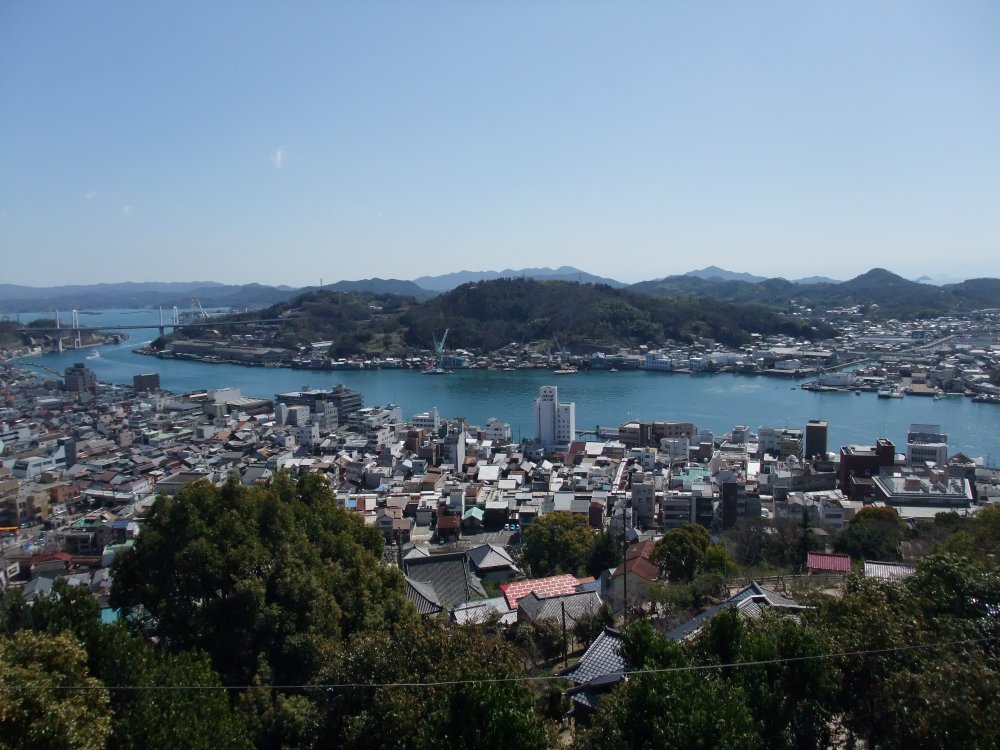
View of Onomichi below and Mukoujima across from Senkouji
A feature of Senkouji Temple was the huge boulders here as well.
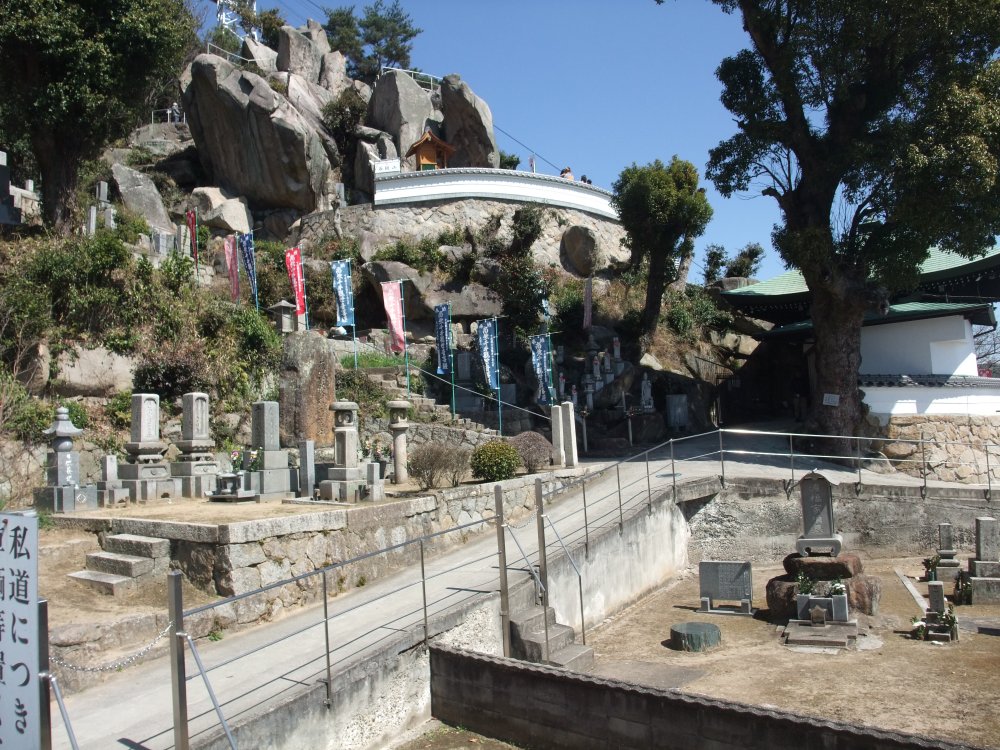
Note the huge boulders above the main temple of Senkouji
The last place for
us to visit was the shopping arcade of Onomichi. You can find shopping arcades
in many places in Tokyo as well as major cities. Shopping arcades became
prominent in the 1950s after Japan started to recover from WW II. Recently with
the competition of larger shopping malls, and the depopulation of the regional
areas, many arcades in the smaller towns are struggling. Ifd been to the arcade
in Onomichi before, but had to notice that some of the shops had new owners.
Obviously, thatfs much better than having closed shops, and I was pleasantly
surprised to see many shoppers along the arcade. The arcade in Onomichi is said
to be the longest in western Japan. I also learned on this occasion that the arcade
used to be Saigoku kaido in the Edo era, the main route from Kyoto to
Shimonoseki in Yamaguchi. (For more information on kaido or main routes in the
Edo area, please refer to separate article in Unno-juku.) That explains the curves
of the arcade.
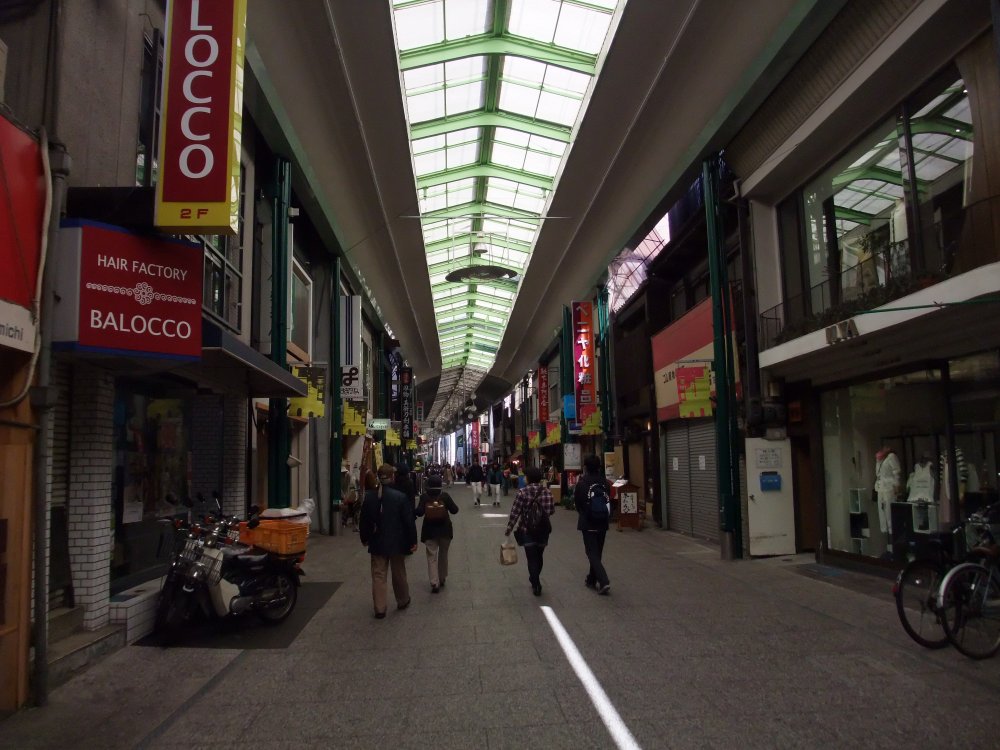
The shopping arcade in Onomichi